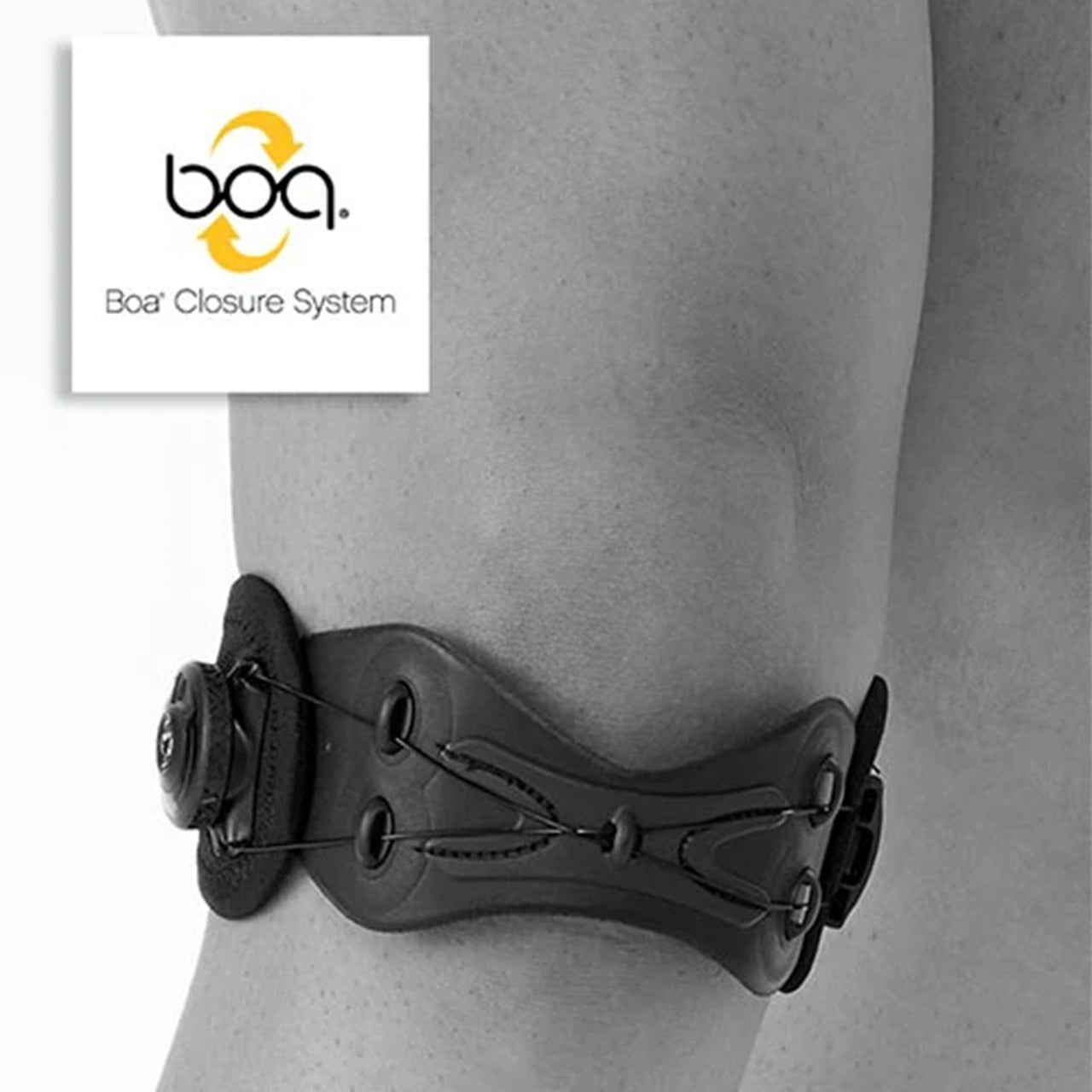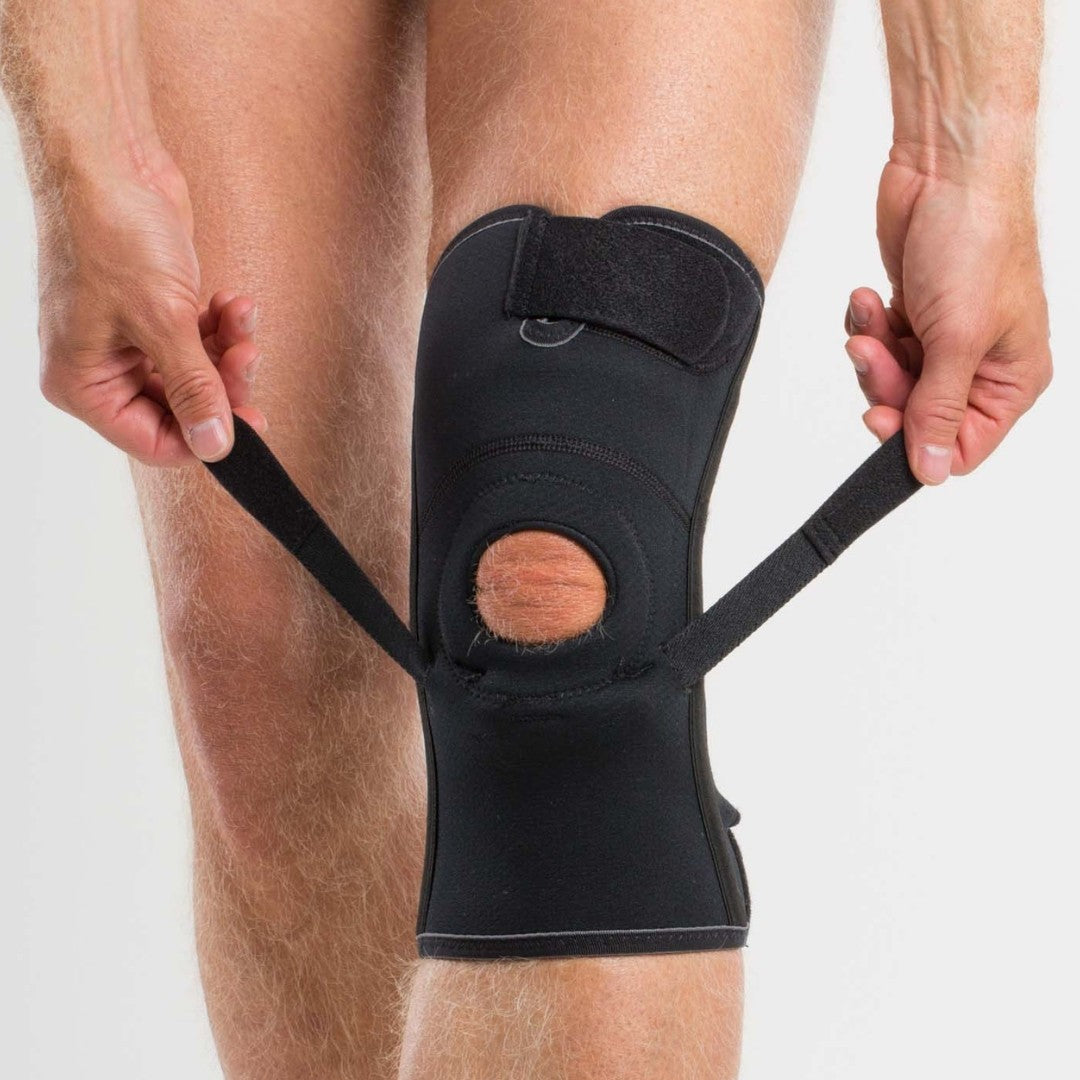Patellofemoral pain syndrome (PFPS), also known as anterior knee pain, is a common cause of pain behind or below the kneecap. The condition affects both athletes and exercisers and can make everyday activities like climbing stairs and kneeling painful.
What is PFSS?
PFSS occurs when the cartilage behind the kneecap is stressed in a way that causes friction against the thigh bone. This can lead to pain, stiffness, and sometimes clicking in the knee. Sometimes cartilage changes, called chondromalacia patella , also occur, which can range in severity from mild softening to extensive damage.
Common causes & risk factors
- Repetitive loads during sports such as running, jumping or hill training
- Incorrect technique when strength training or weightlifting
- Anatomical factors such as high/low patella or abnormal patella movement (tracking)
- Muscle imbalance in the front of the thigh (quadriceps)
- Increased Q angle in the knee joint
-
Overpronation of the foot that affects the load pattern of the knee
Symptoms
- Pain behind, below, or around the kneecap
- Stiffness and soreness with activity, especially on stairs or hills
- Popping or scraping noises from the kneecap
- Pain after sitting with a bent knee for a long time
-
Worsened discomfort when squatting, jumping or carrying a heavier load
When should you seek medical attention?
If you experience persistent pain, difficulty putting weight on your knee, or suspect cartilage damage, you should contact your healthcare provider for further assessment.
Recommended protection & support
Knee pads for PFSS are designed to relieve the pressure on the kneecap and reduce pressure on the femur. They often have a patellar pad that can be adjusted for more or less support depending on the need. For some, pronation support in soles is also valuable to correct the load from the foot up to the knee. The right knee pad can make a big difference in being able to continue training and being active despite PFSS.






